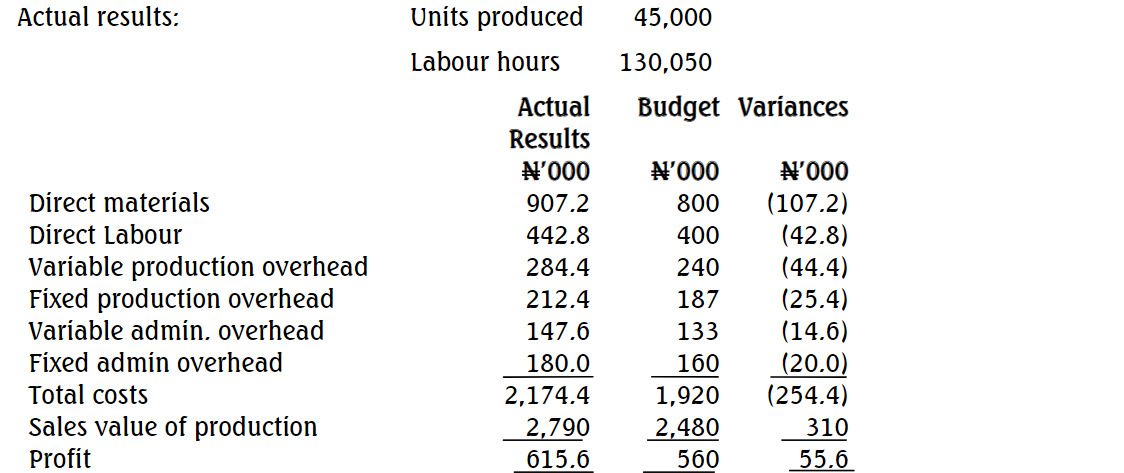- 20 Marks
STP – Feb 2007 – L3 – Q2 – Employee Taxation
Outline Ghanaian tax and social security implications for a French employee working in Ghana under a Double Tax Treaty.
Question
Mr. Nor Amid, the Human Capital Resource Person of Amanda Inc, an entity registered in France sends a brief note to you in respect of a duty tour of an employee as follows:
“Amanda is sending an employee to Ghana and I am hoping that you could provide guidance for Amanda. Our understanding is as that:
- The employee is French and may be kept on the French payroll
- The employee’s remuneration will be cross charged to Amanda in France and Ghana
- The employee, according to French Tax Law, will be French for tax purposes
- The employee will spend 40% or less of his time in France
- The employee will spend between 40 to 60% of his time in Ghana and whilst in Ghana the employee will be accommodated in hotels, will have free use of car with fuel and free meal.
- The employee will spend his time in Ghana from 7 to 25 days at a time depending on need.
Would you kindly provide us with a brief outline of the Ghanaian tax and social security implications for Amanda and the employee? Kindly note that Ghana has an operating ‘Double Tax Treaty’ with France.
Required:
(a). Please submit a memo to respond to the concerns raised by Mr. Nor Amid.
(b). Ghana has general tax-avoidance rules in the tax acts. Kindly discuss any three practice methods adopted by the Revenue Agencies to regulate transfer pricing between related parties?
Find Related Questions by Tags, levels, etc.
- Tags: Anti-Avoidance, Customs Valuation, Related parties, Tax adjustments, Transfer Pricing
- Level: Level 3
- Topic: Anti-avoidance Rules
- Series: FEB 2007




